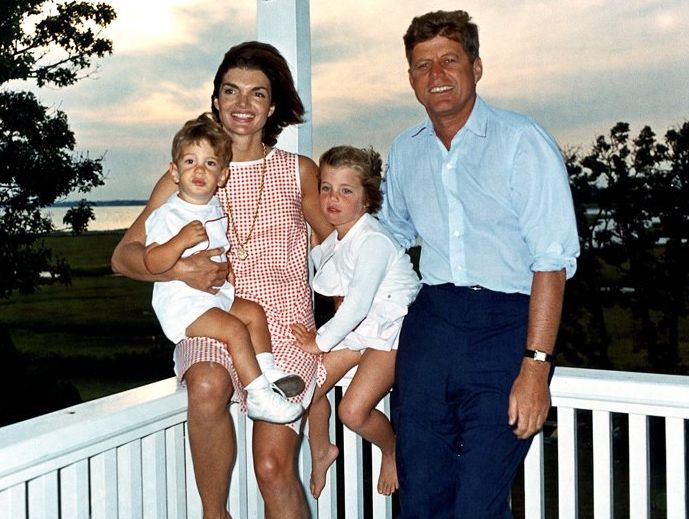The human remains just found at Stonehenge could change how we see the ancient world.
Stonehenge has flummoxed archeologists, poets, historians, educators, and religious leaders for centuries.
The mysterious ring of stones is clearly far more than just the subject of hilarious Norwegian comedy songs. Photo by Velvet/Wikimedia Commons.
Was it an ancient observatory? A concert venue? A sort of holistic hospital? Who built it? Early Britons? Druids? Merlin? Aliens?
Stonehenge was probably not built by balloon aliens, but it wasn't definitely not built by balloon aliens. Photo by Lewis Francis/Flickr.
While the jury is, largely, still out, many archeologists believe the ring of stones functioned, at least in part, as a a cemetery for notable people.
Photo by Christina Rutz/Flickr.
Though archeologists have known there were human remains under Stonehenge for around 100 years, no one thought much about them at first.
That all changed in 2013, when researchers discovered the remnants of dozens of individuals buried under and around the stone ring.
Artifacts discovered near the cremated bone fragments suggest these people were high status individuals in ancient society. Basically, they were "capital-b" Bigwigs. Celebrities. One-percenters.
For decades, archeologists assumed only men were buried at site, which would seem to jibe with the notion that those entombed at Stonehenge were prominent people in the neolithic world.
DNA evidence proved them wrong.
Roughly half of the (presumed) ancient leaders and celebrities buried under Stonehenge appear to be women.
Women! Photo by The White House/Flickr.
And now, there's even more evidence. Several weeks ago, the remains of 14 more women (and nine men) were excavated by researchers, according to Jennifer Viegas of Discovery News.
Like the rest of the remains found at Stonehenge, all of these women were buried between 3100 and 2140 B.C.
What, exactly, does this mean about women in the Stone Age?
No one really knows 100% for sure. Perhaps the women buried at Stonehenge were leaders in society. Perhaps they were family members of high status men. They might have had equal social standing in society, or not quite.
The one thing that seems pretty clear to researchers, though?
"The archaeology now shows that as far as the burials go, women were as prominent there as men. This contrasts with the earlier burial mounds, where men seem to be more prominent," archeologist Mike Pitts told Discovery News.
While it's still impossible to draw too many specific conclusions about the structure of ancient Briton society, the discovery is a reminder that progress toward gender equality hasn't been a straight line. In reality, it's been more like a wave.
According to Pitts, "Historical evidence has shown that women’s status has gone up and down quite noticeably at different times in the past."
Gloria Gaynor, chief architect of the latest upswing in gender equality. Dominique Aubert/Getty Images.
While men dominated most early agricultural societies, some studies suggest that gender equality was common in hunter-gatherer communities prior to the advent of farming. In Western culture, "traditional" gender roles were somewhat less clearly defined and enforced prior to the Victorian period when they were codified and entrenched, remaining rigid until the early 20th century, when they began to relax again.
"As the burials go, women were as prominent there as men."
It's unclear whether women in third millennium B.C. England had anything resembling actual equality while they were alive, but the evidence at least suggests their lives were equally honored after death.
Perhaps once we learn more about the women and men buried under Stonehenge, we'll have to stop describing regressive cultural attitudes as "Stone Age" like it's a bad thing.
At the very least, this latest discovery means the mystery of Stonehenge is slightly less mysterious now. More and more, it appears that the ancient wonder is a monument to men and women, living side-by-side and working together.
That deserves a hoorah.
GIF via Ylvis, TV Norge/YouTube.





 This is a teacher who cares.
This is a teacher who cares.  Halloween costume, check.
Halloween costume, check.  Don Draper from AMC's "Mad Men" Image via "Mad Men" AMC
Don Draper from AMC's "Mad Men" Image via "Mad Men" AMC John F. Kennedy with his family Image via Wikicommons
John F. Kennedy with his family Image via Wikicommons An adorable French Bulldogvia
An adorable French Bulldogvia  french bulldog gifofdogs GIF by Rover.com
french bulldog gifofdogs GIF by Rover.com A grown woman and her motherImage via Canva
A grown woman and her motherImage via Canva An adult woman and her older motherImage via Canva
An adult woman and her older motherImage via Canva